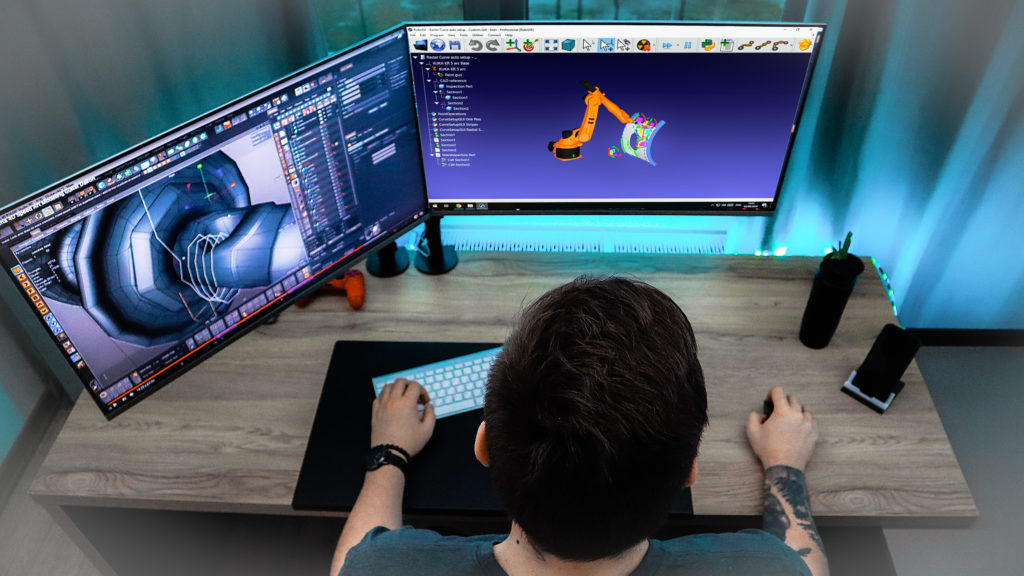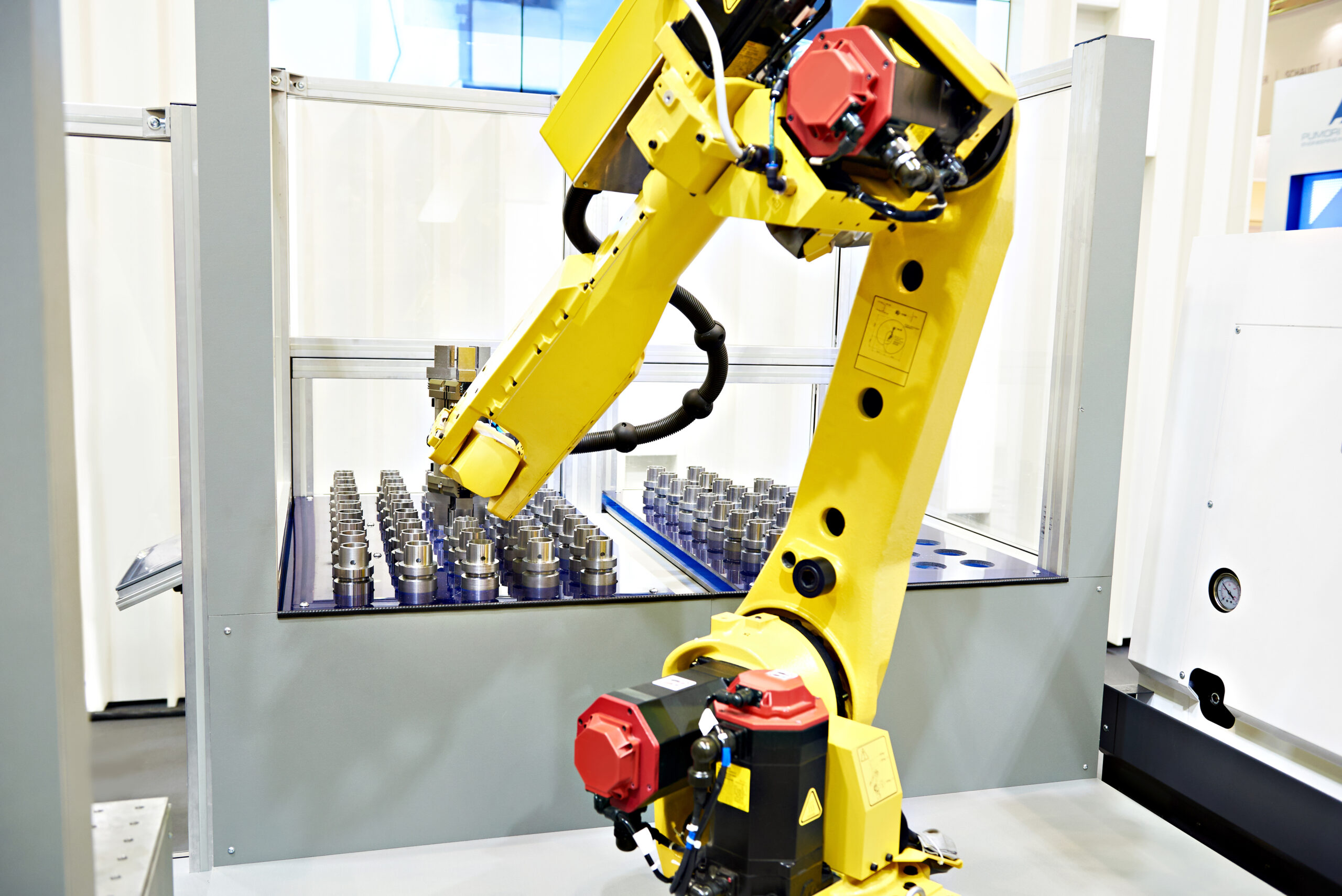Robot programming is an integral part of automation deployment. But you need to optimize your programming workflow if you want to deploy robots efficiently and get the most from your investment.
What does it mean to optimize robot programming?
At its most basic, programming optimization involves improving your programming methods so that deployment is more efficient. This could involve optimizing code, reducing programming time, using different software tools, and improving team communication around programming.
In this article, we look at the benefits of having an optimized programming process and methods you can use to improve your own robot programming.
What Does it Mean to Have Efficient Robot Programming?
Efficient programming is all about using the right tools and a streamlined programming workflow. This means looking at how the distinct elements of the robot deployment process fit together and finding ways to complete them with speed and accuracy.
There are many ways to program a robot, including traditional teach pendant programming, hand guiding, and offline programming with a simulator.
When you are deploying a robot to your process, you have a lot to worry about. You need to buy the right robot, take the time to adapt your existing processes and get your team to accept the robot. This can be a lot of work and stress.
You don’t need programming to be another cause of stress.
When you have an efficient robot programming workflow, it becomes quicker and easier to program your robot for your task. This gives you more time and capacity to focus on other parts of the deployment.

5 Tips to Optimize Robot Programming
Here are 5 ways you can optimize your robot programming:
- Set a clear programming workflow. Once you have an idea of the overall flow and stages of robot deployment, formalize these steps into a repeatable process.
- Use the right tools. Programming tools like RoboDK include many features to help you create an optimal programming process right from the start.
- Document your programming process. Efficiency usually only comes when people know what they are doing. Don’t assume that you will always remember the steps of your programming workflow and document them.
- Use consistent program and target naming conventions. Programs that follow the same naming rules are easier for everyone to read and understand. For example, set a clear naming convention for the targets you use in your RoboDK offline programs.
- Create templates for similar tasks. It’s often better when you don’t create a new robot program from scratch every time. Create template projects within RoboDK and work from these when you start a new project.
By following these tips, you can optimize your programming with RoboDK and create efficient and effective programs for any robotic task.

Using RoboDK to Optimize Your Programming Workflows
RoboDK is a feature-rich software suite for robot offline programming and simulation. It can help you develop programs efficiently while accessing the features of your robotic hardware.
The software comes with an extensive library of example projects, which you can use as a basis for your own robot programs. It also helps you to troubleshoot your robot programs and optimize the code through tools like artificial intelligence motion planning.
What programming optimization questions do you have? Tell us in the comments below or join the discussion on LinkedIn, Twitter, Facebook, Instagram, or in the RoboDK Forum.. Also, check out our extensive video collection and subscribe to the RoboDK YouTube Channel




